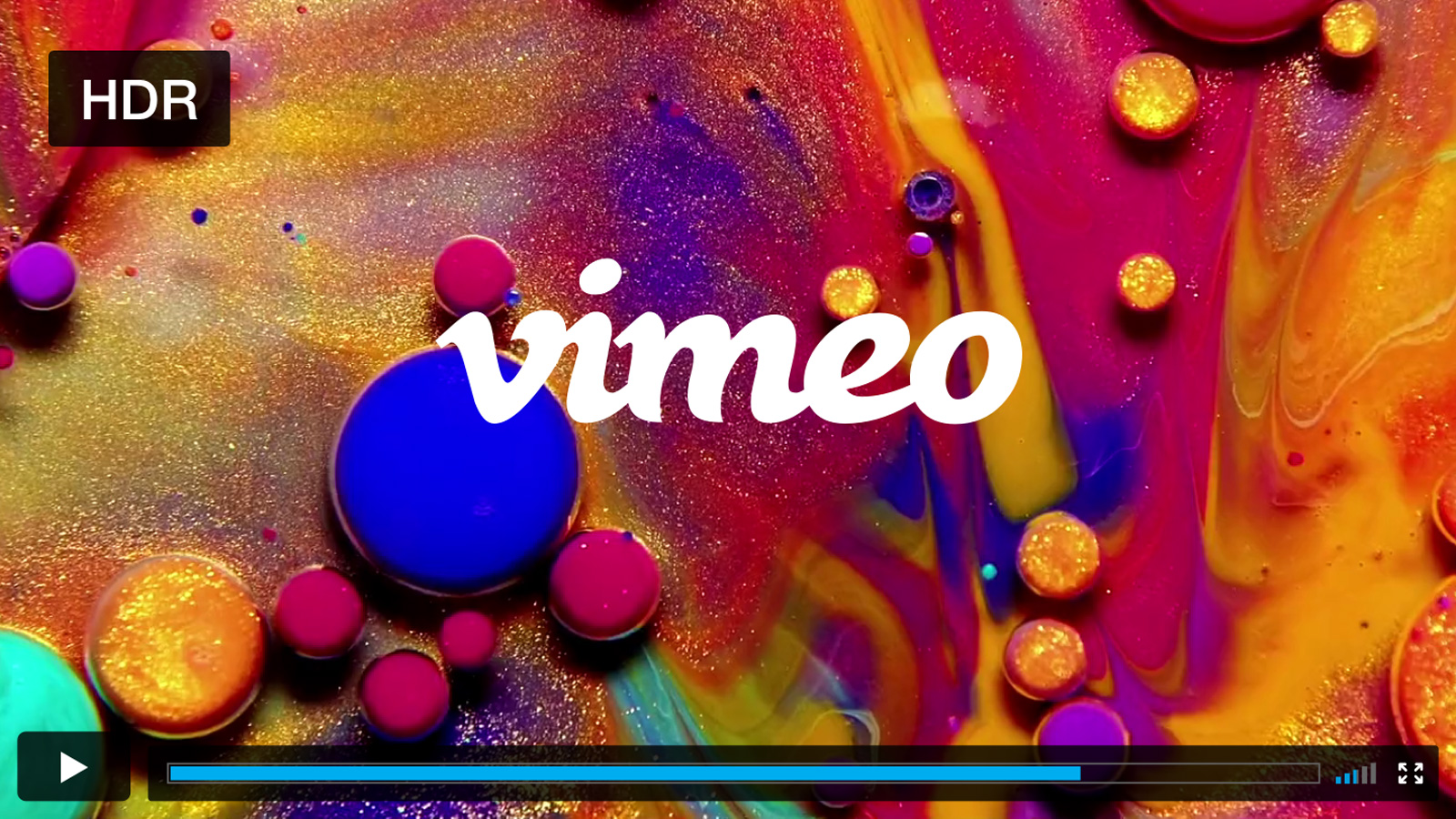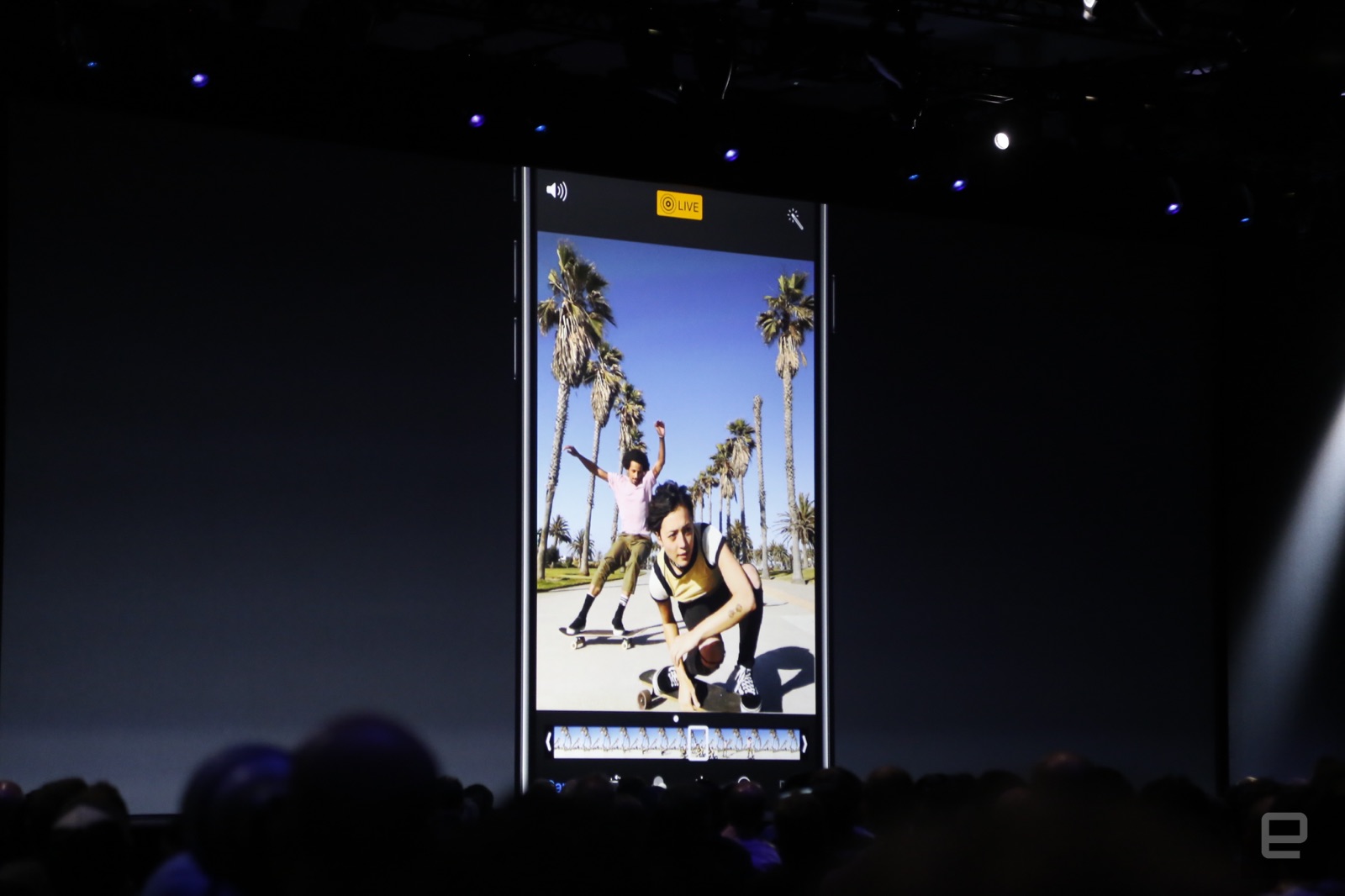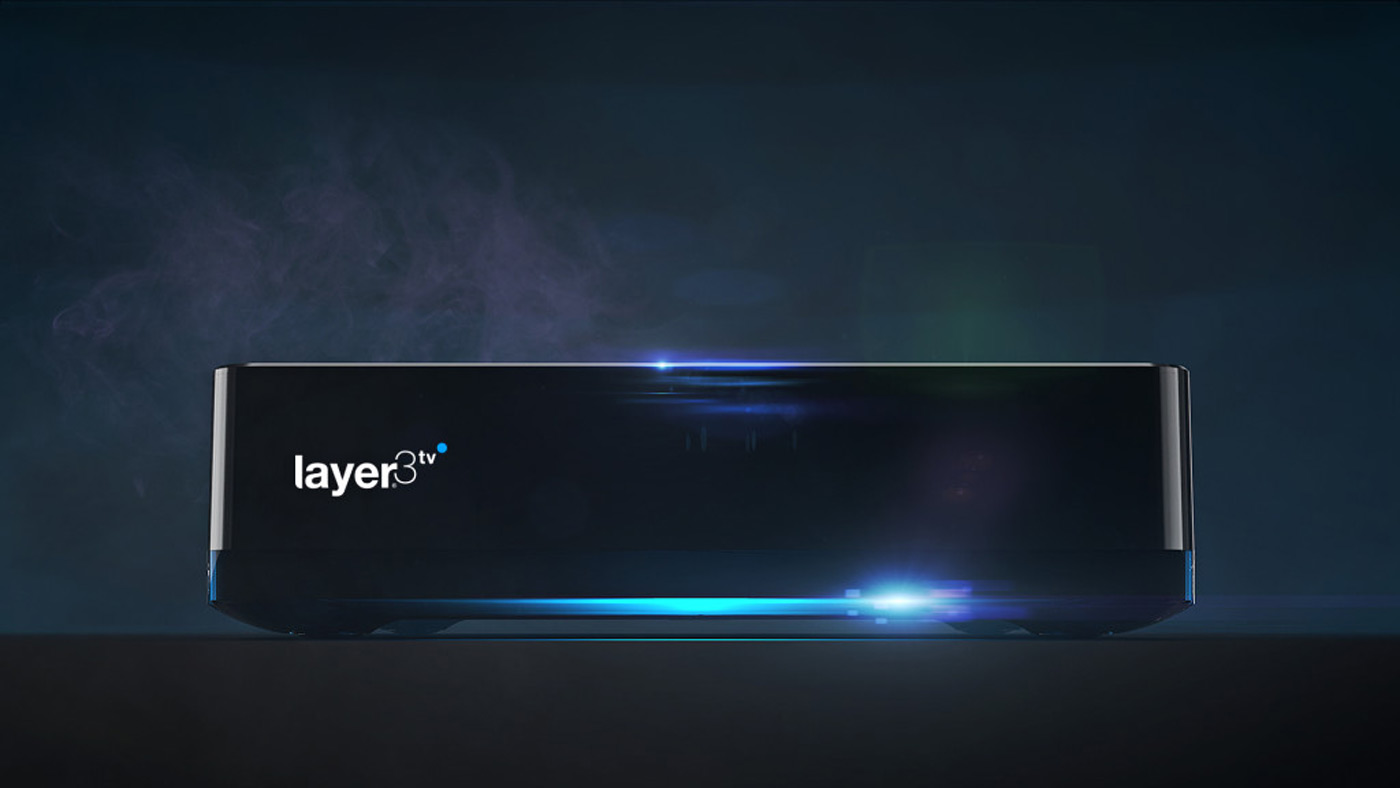While most people thought that creating larger and larger data storage formats was the perfect solution for adjusting to ever-increasing bitrates, it turns out that increasing the compression rate works equally fine, as long as the hardware is capable of decoding it.
Beelink i68 is a TV box that can successfully handle the High Efficiency Video Coding compression format, mostly because of its very capable chipset. Not so long ago, video playback couldn’t have possibly been a demanding task, but better compression and increased resolutions are taking their toll on CPUs and GPUs. With that in mind, this particular TV box can play 2K and even 4K videos smoothly, while computers from less than a decade ago would be brought down to their knees.
Under the hood, the Beelink i68 sports a Rockchip RK3368 that integrates an octa-core 64-bit CPU, along with a PowerVR G6110 GPU. Brought together, these two can play any popular media format you might throw at them, without any glitches. The TV box comes with either 1 or 2GB of RAM and 8GB of ROM, which surely doesn’t sound like much, if you also take into consideration how much Android 5.1 takes up. However, the product features a microSD card slot that can be used for expanding the storage by up to 64GB. In addition to that, there are 3 USB ports (4, if you’re also counting the OTG one), as well as Ethernet and dual-band Wi-Fi, in case you’re planning to stream your videos over the network.
It wouldn’t be wrong of you to think of the Beelink i68 as a mini PC. After all, you can use Bluetooth 4.0 to connect a keyboard and a mice wirelessly to it, and along with a TV or monitor (to which it connects via HDMI 2.0), it would make a compact replacement for desktop computers. The audio part wasn’t neglected, and if you decided not to carry the sound over HDMI, you can use the SPDIF port for optical output. The KODI home theater software (formerly known as XBMC) provides a convenient interface for the playback of video and audio files.
GearBest currently sells the 1GB RAM version of Beelink i68 for $66.35 ($65.18 with coupon code USPC), while the 2GB RAM one has a price tag of $81.68 (or $80.91 with the coupon TVBOX).
Be social! Follow Walyou on Facebook and Twitter, and read more related stories about the Voyo V2 TV box with SSD support or power bank capabilities, and the

 A few streaming services have supported colorful high dynamic range video and ultra-high resolutions for a while, but Vimeo is making up for lost time in grand style. The company has added support for both HDR videos and resolutions as high as 8K....
A few streaming services have supported colorful high dynamic range video and ultra-high resolutions for a while, but Vimeo is making up for lost time in grand style. The company has added support for both HDR videos and resolutions as high as 8K....
 A few streaming services have supported colorful high dynamic range video and ultra-high resolutions for a while, but Vimeo is making up for lost time in grand style. The company has added support for both HDR videos and resolutions as high as 8K....
A few streaming services have supported colorful high dynamic range video and ultra-high resolutions for a while, but Vimeo is making up for lost time in grand style. The company has added support for both HDR videos and resolutions as high as 8K....
 Apple's iOS 11 promises to be a big upgrade for shutterbugs. It's improving both the Camera and Photos apps to take some of the headaches out of snapshots and photos. For instance, the Photos app's Memories section can make use of machine learning to...
Apple's iOS 11 promises to be a big upgrade for shutterbugs. It's improving both the Camera and Photos apps to take some of the headaches out of snapshots and photos. For instance, the Photos app's Memories section can make use of machine learning to...
 The prevailing wisdom among the internet literati is that old-school TV is on the way out. When even the incumbents are catering to cord-cutters, surely internet-only video will be the way of the future, isn't it? Don't tell that to Layer3 TV. It'...
The prevailing wisdom among the internet literati is that old-school TV is on the way out. When even the incumbents are catering to cord-cutters, surely internet-only video will be the way of the future, isn't it? Don't tell that to Layer3 TV. It'...
 The future of 4K video has been in doubt as of late. You see, the HEVC Advance group that's licensing the H.265/HEVC video format (crucial to stuffing 4K into modern data pipes) wanted steep royalties seemingly everywhere, with no cap -- even free se...
The future of 4K video has been in doubt as of late. You see, the HEVC Advance group that's licensing the H.265/HEVC video format (crucial to stuffing 4K into modern data pipes) wanted steep royalties seemingly everywhere, with no cap -- even free se...





